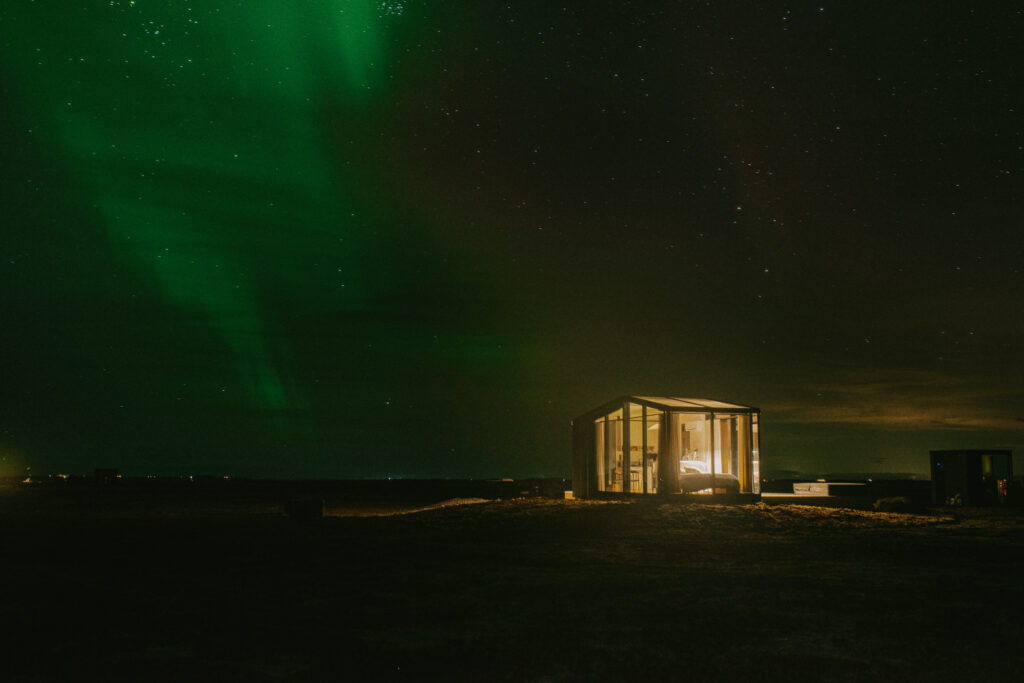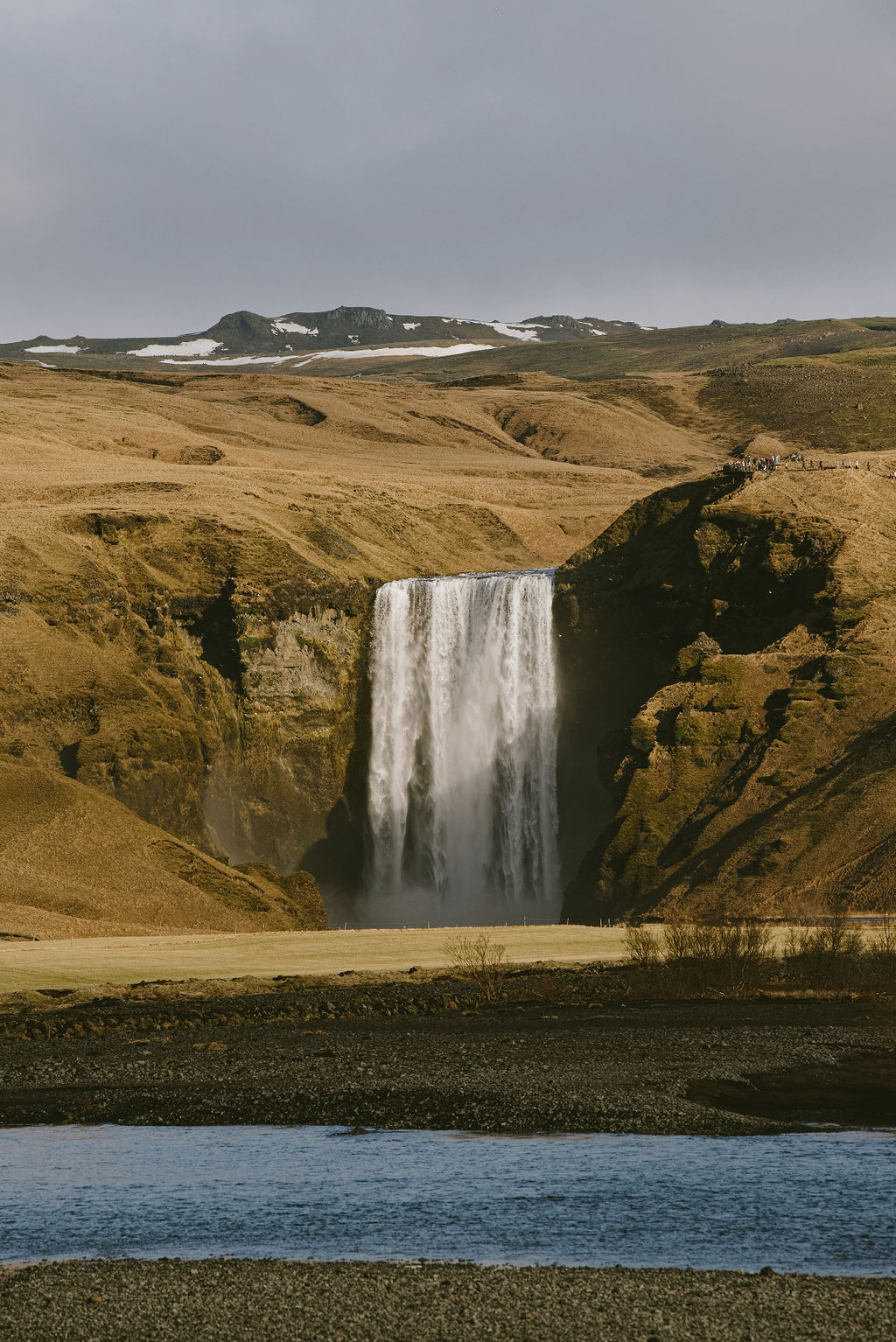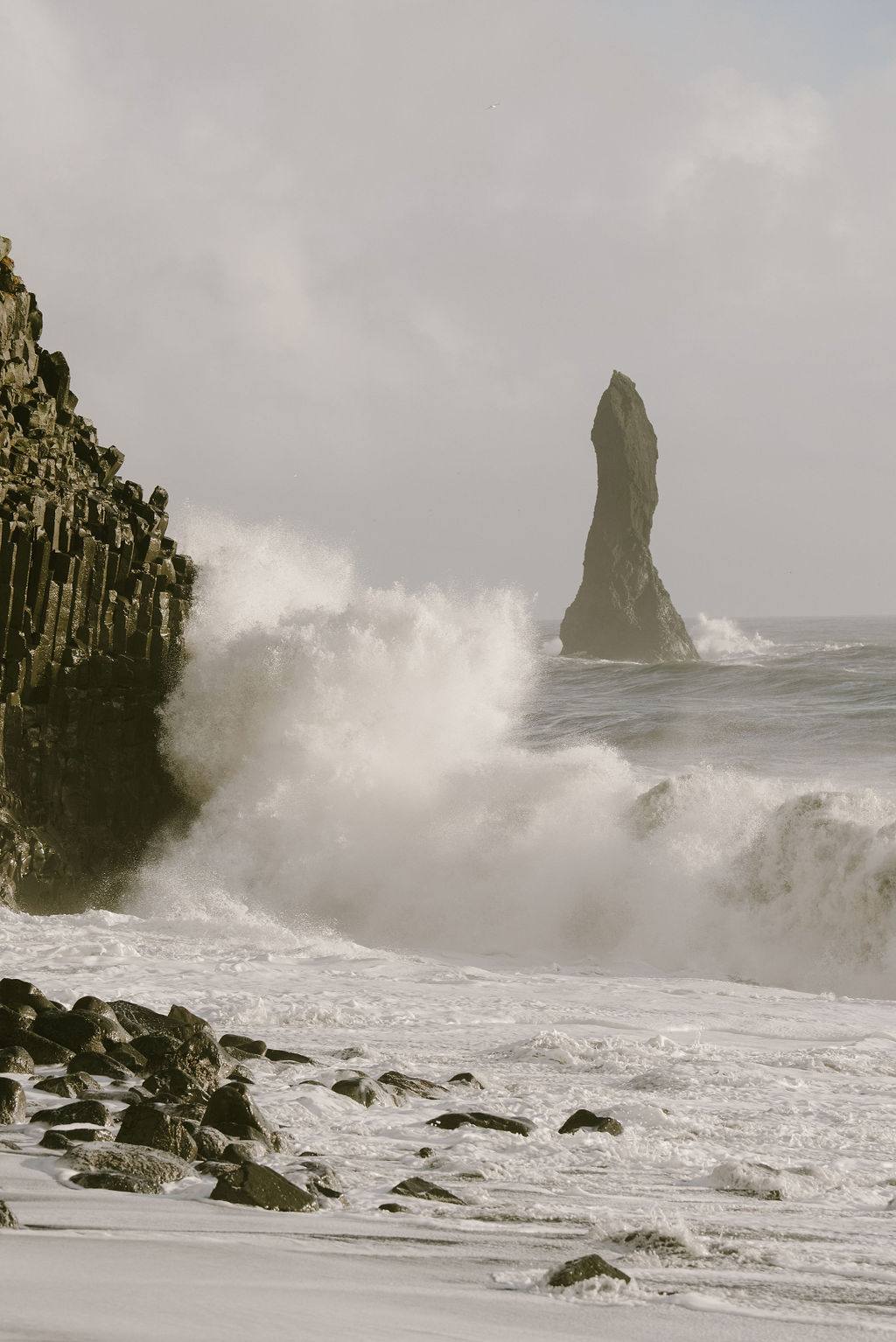Iceland, the land of fire and ice, is famous for its dramatic landscapes, active volcanoes, massive glaciers, and soothing hot springs. But there’s another natural wonder that draws thousands of travelers to this Nordic island each year: the northern lights. This magical light show, dancing across the night sky, is one of the most breathtaking natural phenomena on Earth.
What Are the Northern Lights?
The northern lights, or aurora borealis, occur when charged particles from the sun collide with gases in Earth’s upper atmosphere, creating glowing waves of color in the sky. In Iceland, they most often appear in shades of green, but you might also spot hues of pink, purple, red, or blue depending on atmospheric conditions and the strength of the solar activity.

Why Iceland Is One of the Best Places to See Them
Iceland’s location just below the Arctic Circle makes it one of the world’s best destinations for northern lights viewing. With minimal light pollution (especially outside Reykjavik) and wide, open landscapes, it offers excellent conditions for catching the aurora in action.
All you need is a dark, clear night, some solar activity, and a bit of patience — and you could witness something truly unforgettable.
Best Time to See the Northern Lights in Iceland
The northern lights are visible in Iceland from late September to early April, when the nights are long and dark enough. The peak season is from November to March, when the darkness can last up to 20 hours a day in some parts of the country.
To maximize your chances, keep an eye on:
The weather forecast (clear skies are essential)
The KP index, which indicates aurora activity levels
Helpful tools like Aurora Forecast apps or the Icelandic weather site Vedur.is are great resources.
Tips for an Unforgettable Experience
Dress warmly: Nights can get very cold, especially in mid-winter.
Be patient: Auroras don’t run on a schedule. They might appear for just a few minutes — or not at all — so be ready to wait.
Avoid light pollution: The darker your surroundings, the better.
Capture the moment: Bring a camera with manual settings, a tripod, and use long exposures (5–20 seconds) and a wide aperture for the best photos.
A Soul-Stirring Experience
Seeing the northern lights for the first time is a moment that words can hardly describe. It’s a silent, shimmering connection to the cosmos — something that stirs the imagination and humbles the soul. Whether you’re a photographer, a science lover, or simply a dreamer, witnessing this spectacle in Iceland is bound to leave a lasting impression.


